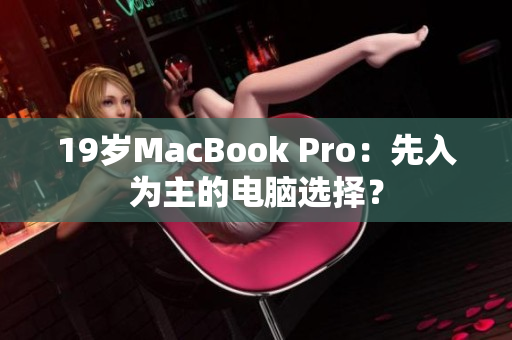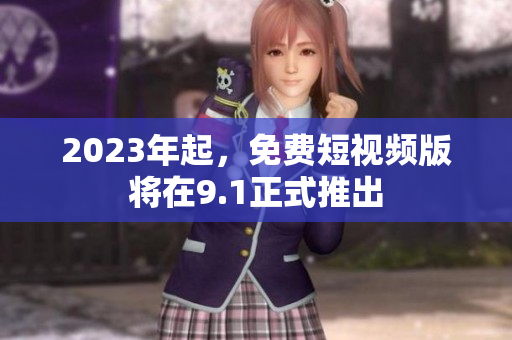16Personalities: Understanding Personality Types for Effective Communication and Self-Discovery
As humans, we are all unique individuals with our own set of strengths, weaknesses, preferences, and quirks. Understanding these traits is crucial for effective communication and self-discovery, especially in professional and interpersonal settings. That's where 16Personalities comes in, a popular online tool that helps people identify their personality types based on the Myers-Briggs Type Indicator (MBTI).
MBTI is a psychological assessment tool that categorizes people into 16 personality types, based on their preferences for different mental functions such as introversion/extroversion, intuition/sensing, thinking/feeling, and judging/perceiving. Each type has its own set of traits, strengths, weaknesses, and career paths.
Using 16Personalities, you can take a free test that asks you a series of questions about your behavior, preferences, and beliefs. The test then generates a comprehensive report that describes your personality type and its implications for various aspects of your life, such as relationships, career, and personal growth.
Whether you're looking for self-awareness, team-building, or career guidance, 16Personalities can be a valuable tool for understanding yourself and others.
16岁MacBookPro日本: 一部年轻人向往的高端电脑
When it comes to premium laptops, MacBook Pro has become a household name in recent years. Its sleek design, powerful performance, and user-friendly interface have won over many fans worldwide, including in Japan where young people are increasingly drawn to the 16-inch MacBook Pro.
With its Intel Core i9 processor, Radeon Pro 5500M graphics, and up to 64GB of RAM, the 16-inch MacBook Pro is a top-of-the-line machine that can handle heavy-duty tasks such as video editing, music production, and gaming. Its Retina display and True Tone technology also ensure a vibrant and accurate visual experience.
But beyond its specs, the MacBook Pro has become a symbol of status and aspiration among young Japanese consumers, who value its premiumness, efficiency, and creative potential. Many see it not just as a tool for work or entertainment, but as a reflection of their identity and social standing.
While it's true that owning a MacBook Pro can be costly, many young Japanese people see it as a worthwhile investment in their future success and self-expression. The 16-inch MacBook Pro is not just a laptop, but a lifestyle choice.
19岁MacBookPro未满16岁: 电子产品年龄限制的探讨
Have you ever wondered if electronic devices should have age limits like movies and video games? That's the debate sparked by a recent decision by Apple to restrict sales of its MacBook Pro and other products to customers over 16 years old in some countries.
The move is aimed at complying with local laws that prohibit minors from entering into bindings contracts without parental consent. However, it has raised questions about the role of age restrictions in regulating access to technology and protecting young users from potential harms.
On one hand, age limits can be seen as a form of precautionary measure that ensures children and teenagers are not exposed to inappropriate content, cyberbullying, or addiction. They can also help parents and guardians control their children's screen time and provide them with guidance on digital literacy and safety.
On the other hand, age limits can also be seen as arbitrary and paternalistic, limiting access to educational or creative opportunities and depriving young people of their autonomy and privacy. They can also create inequalities among different age groups and perpetuate stereotypes about young users.
While there is no easy answer to the age limit dilemma, it's clear that it requires a careful balance between protection and empowerment, and a recognition of the diversity of experiences and needs among young users.









